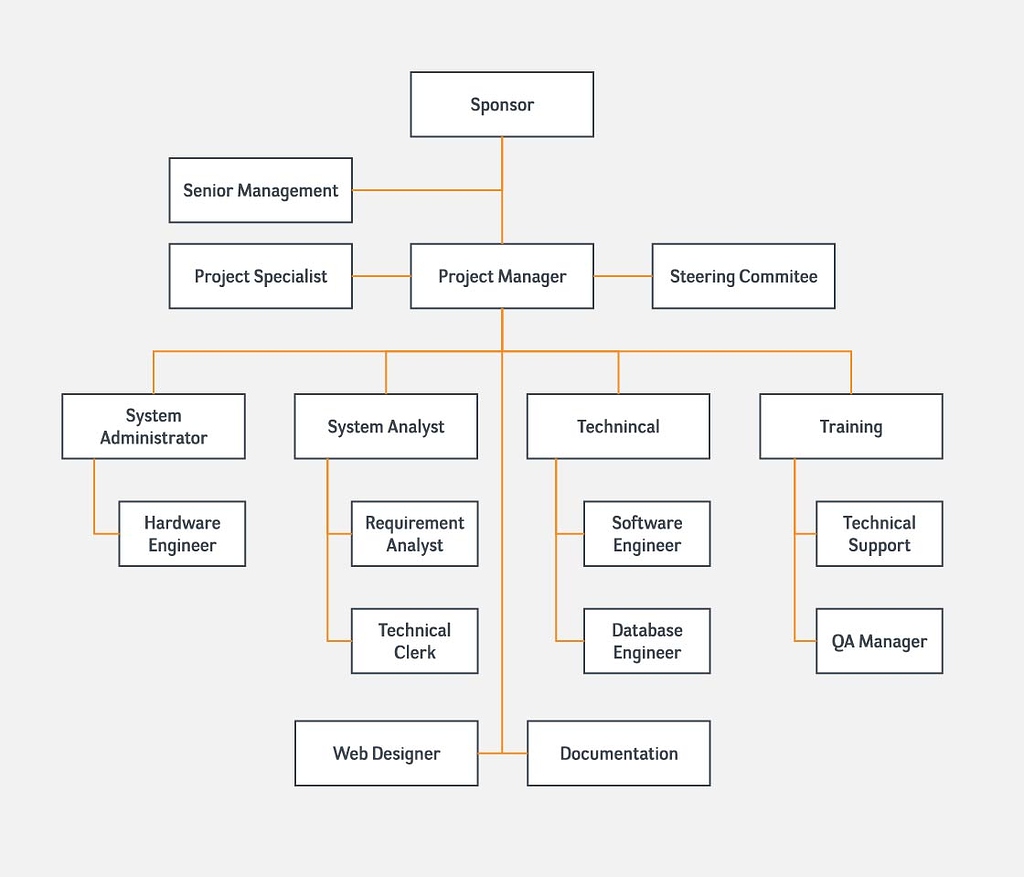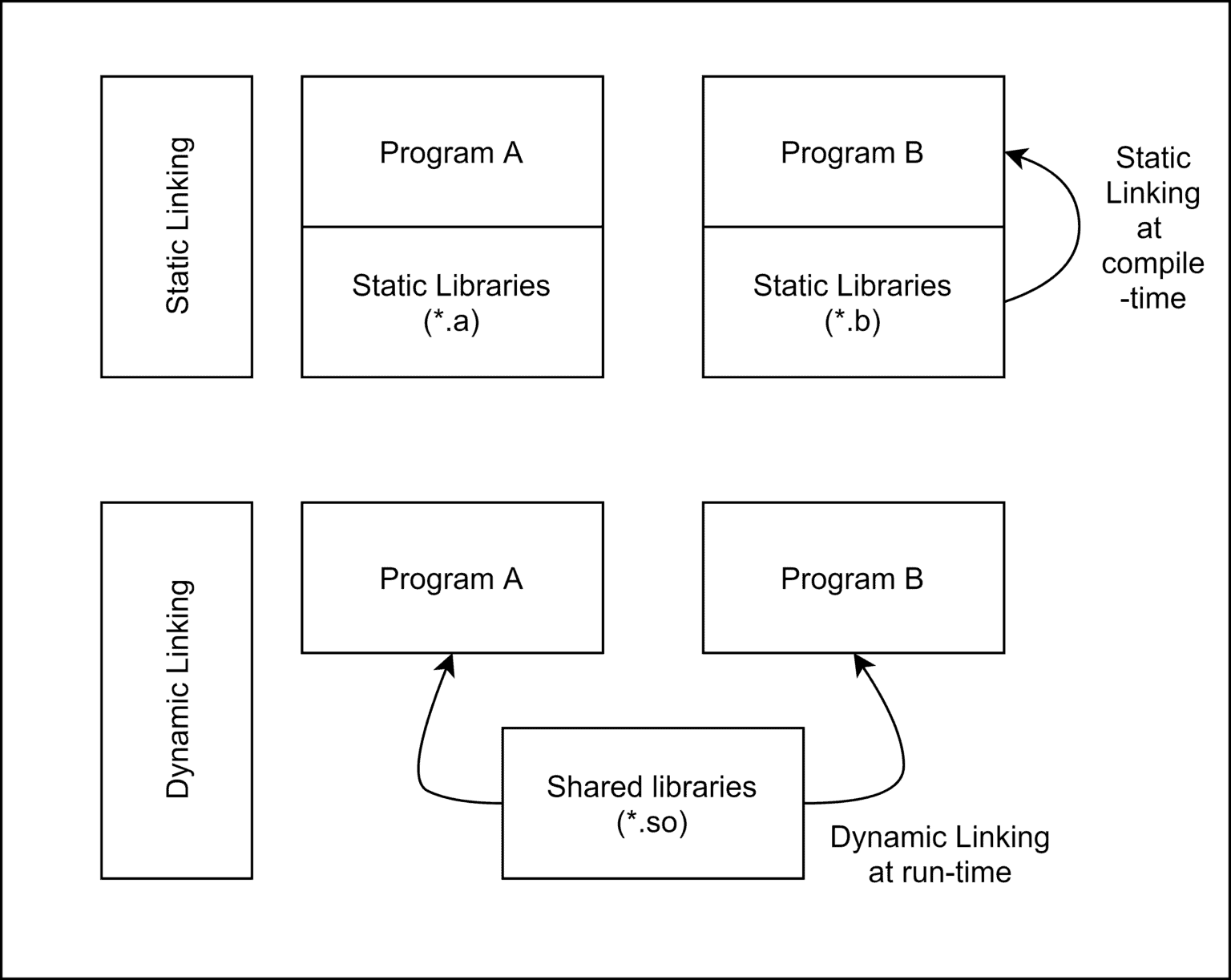

XML table in existing worksheet The contents of the file are imported into a new XML table in a new worksheet. Go to the drive, folder, or Internet location that has the XML data file (.xml) you want to import. If you're using Excel 2016 or earlier, click Data > From Other Sources > From XML Data Import. If you're using Excel with a Microsoft 365 subscription, click Data > Get Data > From File > From XML. Note: If you're importing multiple XML files that don't define a namespace, these XML files are treated as if they use the same namespace. Excel creates a unique XML Map for each XML data file you import. To import multiple XML files that use the same namespace but different XML schemas, you can use the From XML Data Import command. To use a single map for all of the selected files that aren't yet imported, select Use this XML Map for all selected files of this schema. Select the XML Map that corresponds to the XML data file you're importing for each file. If you selected files that aren't contiguous, the Importing. If the files aren't contiguous, press and hold Ctrl, and click each file you want to import in the list. All of the data from the XML files will be imported and appended to the mapped cells. If the files are contiguous, press Shift, and click the first and the last file in the list. In the Import XML dialog box, locate and select the XML data file (.xml) you want to import. If you want to import multiple XML files into multiple sets of mapped cells, click a cell anywhere on the worksheet that isn't mapped. Select a mapped cell to import multiple XML files into a single set of mapped cells. For example, existing data in a mapped range will be overwritten when you import data by default, but you can change this. To control the behavior of XML data (such as data binding, format, and layout), click Properties, which displays the XML Map properties dialog box. If the XML data file doesn't refer to a schema, then Excel infers the schema from the XML data file. The schema of the XML data file is displayed in the XML Source task pane. Select XML table in new worksheet to import the contents of the file into an XML table in a new worksheet starting at cell A1. Select XML table in existing worksheet to import the contents of the XML data file into an XML table in your worksheet at the specified cell location. In the Import Data dialog box, do one of the following: If the XML data file doesn't refer to a schema, Excel infers the schema from the XML data file. Import multiple XML data files as external dataįor more information about issues, see Common issues with importing XML data at the end of this article. In the Import XML dialog box, locate and select the XML data file (.xml) you want to import, and click Import. If you don't see the Developer tab, see Show the Developer tab. In the XML Map, select one of the mapped cells. If you have an XML Map, do this to import XML data into mapped cells: If you previously created an XML Map, you can use it to import XML data into cells that are mapped, but there also are several methods and commands for importing XML data without an XML Map. But when I come back to the page I had visited earlier, the images don't show up even though the StreamedContent is returned for that image.Excel for Microsoft 365 Excel 2021 Excel 2019 Excel 2016 Excel 2013 Excel 2010 Excel 2007 More. I am using pagination in datatable and when I move to the page which I have never visited, the images render fine.

I have successfully implemented the solution suggested by BalusC for rendering dynamic images inside a datatable (code posted further down here).


 0 kommentar(er)
0 kommentar(er)
